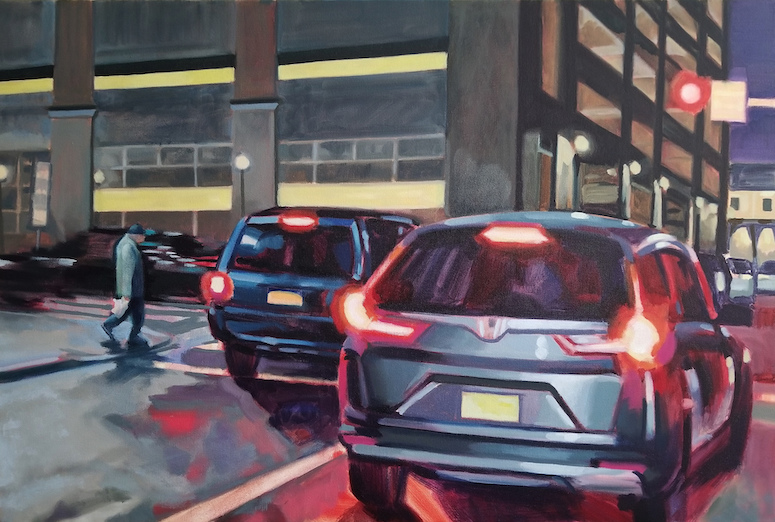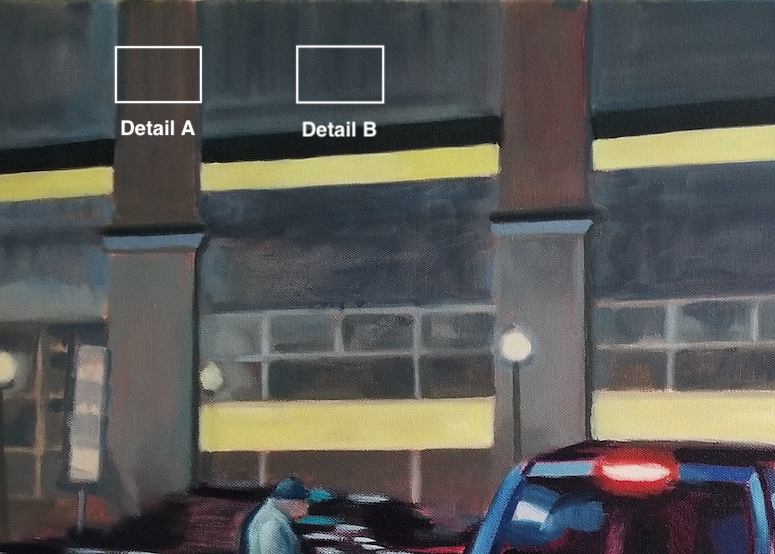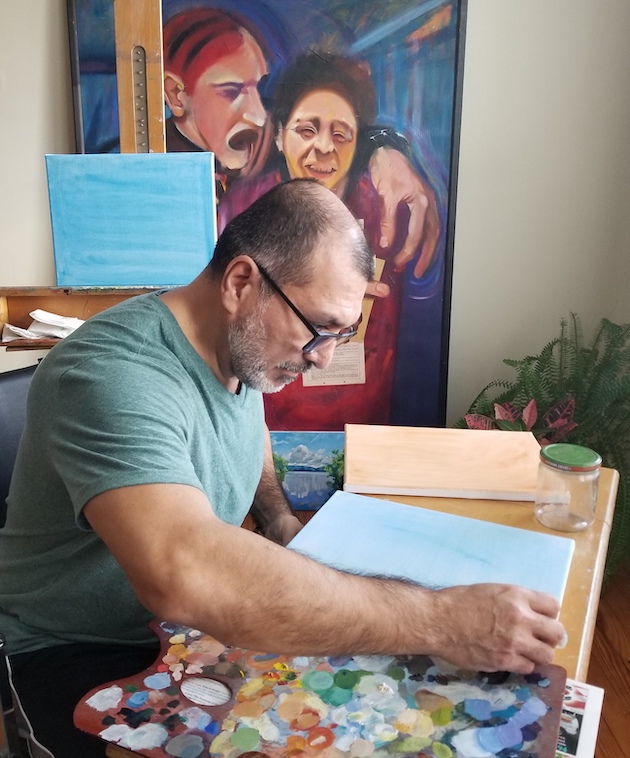
Why do you tone a canvas?
- To make a “white” canvas or panel less intimidating to paint
- Toning creates a neutral background
- It covers the entire surface leaving no areas of blank (white) canvas
How do you tone a canvas for oil painting?
In my experience earth colors work best. My preferred color is Burnt Sienna but I’ve also used Burnt Umber. Additionally, I’ve experimented with Ultramarine Blue and Perylene Red.
I use a rag dipped in Turpenoid. Then I dip the rag into a glob of paint on my palette. Finally, I cover the canvas with a thin layer of that paint. Make sure to let the background color fully dry before you begin painting. If wet, any colors you apply will mix with the background and muddy your colors.
CAUTION: Be careful when using strong colors like Ultramarine Blue or Perylene Red. When I’ve used Perylene Red, I struggled throughout the painting process to tame the strength of that color. This can be very frustrating.
Examples of usage
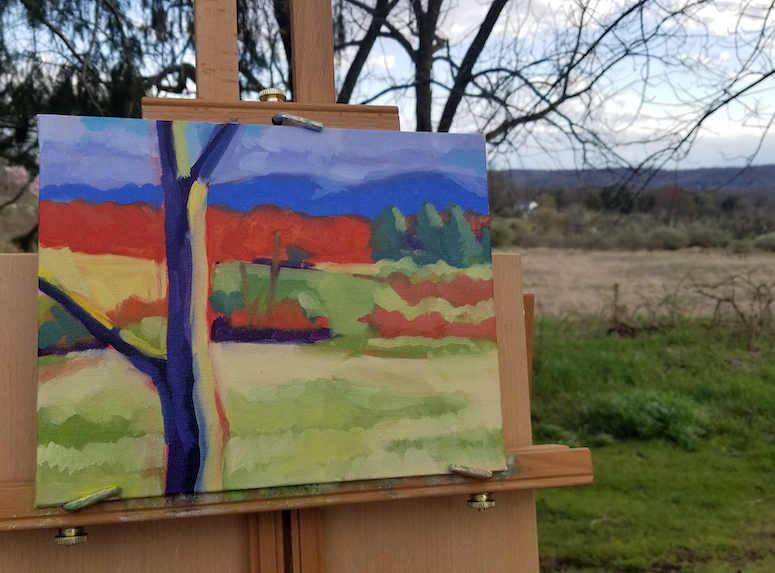
In the plein air painting above I used a Burnt Sienna background. Although strong colors dominate this painting, you can see hints of the background color through some parts it. Look at the reds as well as the yellows in the lower part of the painting.
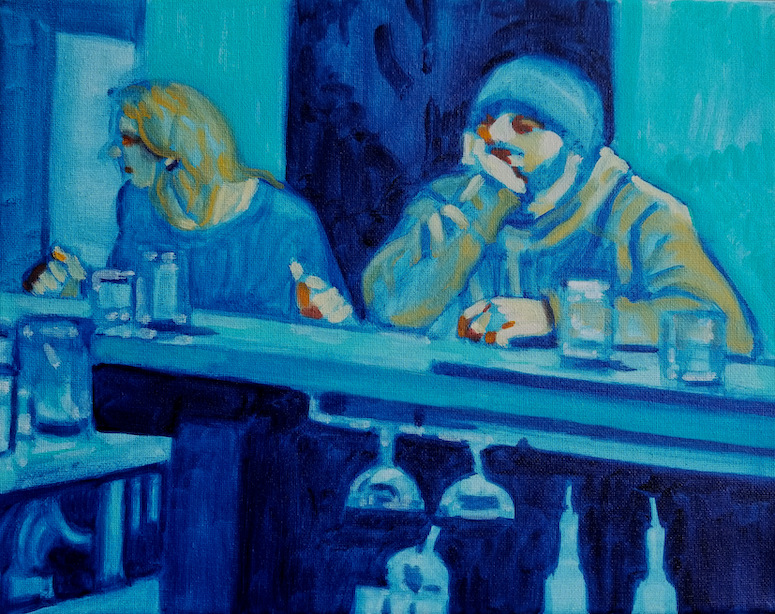
“Forever” shows the usage of an Ultramarine Blue background. After my negative experience using Perylene Red, I used this blue background as a foundation for a monochromatic painting. The blue contrasts nicely with the highlights as well as the yellows in the painting.
How it improves your painting
- It creates a neutral base that you can build upon
- It’s particularly helpful when plein air painting when you’re fighting against time to capture a scene. The neutral background covers the entire panel eliminating the need to cover it with the paint you’re applying.
Summary
- Tone your canvas to create a neutral background
- Use earth colors (Burnt Sienna, Burnt Umber)
- Be cautious of using strong colors as a background
- Toning creates a layer of color that you can build on
- Helpful when plein air painting as you have a limited time to paint
Do you tone your canvas? What color(s) do you use? What have been your experiences with toned canvases?
